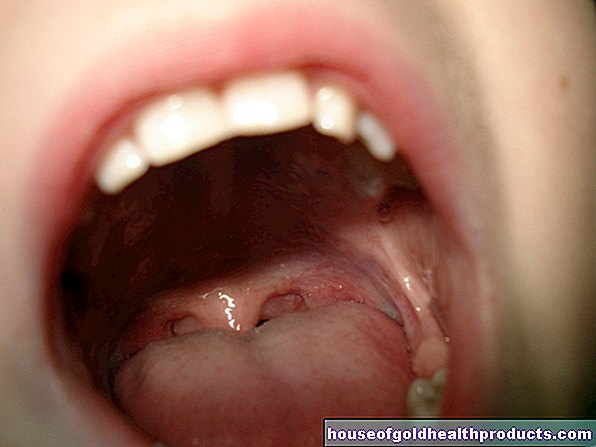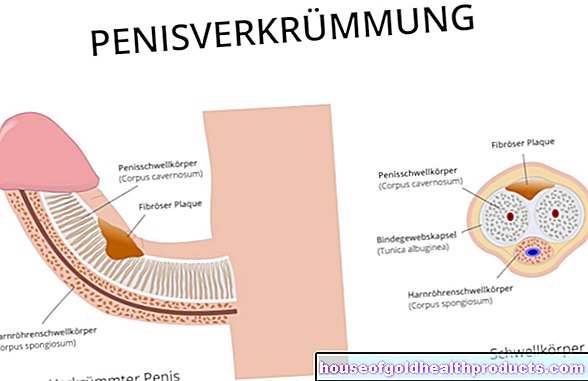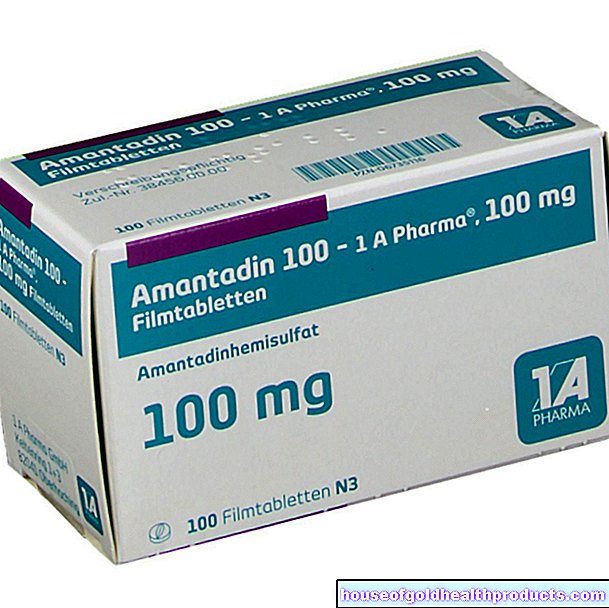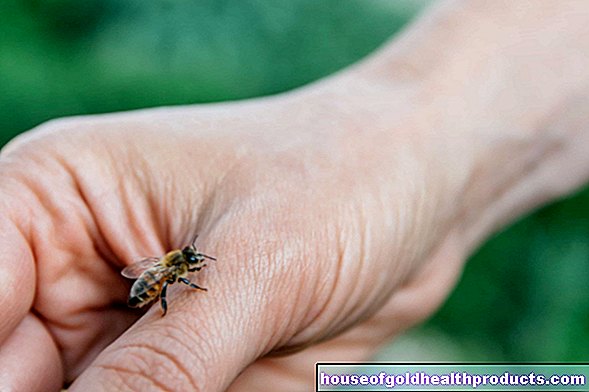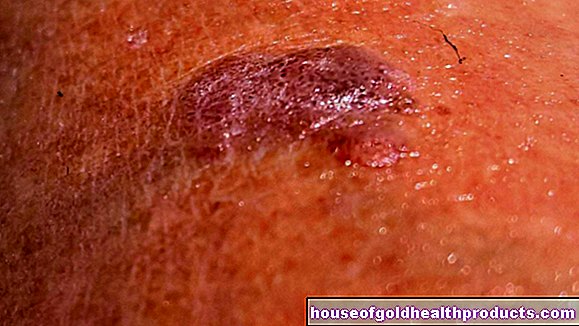Stork bite
Nicole Wendler holds a PhD in biology in the field of oncology and immunology. As a medical editor, author and proofreader, she works for various publishers, for whom she presents complex and extensive medical issues in a simple, concise and logical manner.
More about the experts All content is checked by medical journalists.A stork bite is found in around every second newborn. It is a special form of the fire mark (Naevus flammeus). The red, irregular and benign patch of skin is predominantly on the neck or face. In most children, it disappears on its own in the first few years of life. Read everything you need to know about the stork bite here.
ICD codes for this disease: ICD codes are internationally recognized codes for medical diagnoses. They can be found, for example, in doctor's letters or on certificates of incapacity for work. Q82
Stork bite: description
The stork bite (Naevus unna, Unna-Politzer-Naevus) is a red, irregular patch of skin that is one of the fire marks. It sits in the neck of many babies - and because of the idea of the stork as a child carrier that grabs every baby in the neck, the vernacular gave the benign skin change the name "stork bite". Sometimes this special form of the fire mark also occurs in other places in the head area (such as forehead, eye or the root of the nose) and is then often called the "angel's kiss".
Stork bite: symptoms
A stork bite shows up immediately after birth as a red, irregularly shaped, but clearly delineated patch of skin. Its size varies between five millimeters and ten centimeters. Mostly the fire mark sits on the neck of newborns.
The stork bite does not cause any complaints - it is completely harmless and, if at all, only a cosmetic problem.
Stork bite: causes and risk factors
The redness is caused by dilated blood capillaries (smallest blood vessels) under the skin. The functional vasodilatation is actually based on a development delay: at the affected area of the skin, the supply of the blood vessels with nerves that regulate the diameter of the vessels is not yet complete. The exact cause of the stork bite is unclear. It is neither inherited nor favored by external factors in pregnancy.
Stork bite: examinations and diagnosis
A stork bite is immediately noticeable in newborns and is discovered at the latest during the first medical check-up. The blood can be brushed out by applying light pressure on the stain, whereby the reddening disappears for a short time.
Stork bite or angel kiss are so-called medial fire marks. This means that they are in the area of the middle of the body. They are to be differentiated from the lateral fire marks: These are asymmetrically distributed, usually increase in size with the body's growth and can indicate a malformation of deeper-lying vessels. If there is a red spot on the tailbone, close to the eye or lengthways on the arm or leg, the pediatrician must clarify in further examinations whether it is not a different disease (Von-Hippel-Lindau-Czermak syndrome, Sturge-Weber Crab syndrome). The following factors, among others, are relevant for this:
- Where is the stain?
- How big is the fire mark?
- Can the blood be smeared out?
- Is the fire mark growing?
- Does it fade or darken over time?
- Are there any other malformations?
- Can other vascular malformations be excluded?
Stork bite: treatment
Treatment (read: removal) is usually not necessary because stork bites are usually harmless and go away on their own. If this is not the case or if the stork bite is very large and / or cosmetically bothersome, the dermatologist can try to obliterate it using electronic needles or a laser. In the case of very large fire marks, however, the treatment does not always lead to success.
Adolescents and adults sometimes cover annoying fire marks with medical make-up (such as a stork bite on the face).
Stork bite: disease course and prognosis
In most children, vasodilatation gradually decreases over the first few years of life, causing the stain to fade. If other malformations are excluded, it is therefore important to wait and see. The spots usually recede well, especially on the face. A stork bite in the neck can persist, but it usually disappears under the hair.
Tags: prevention menshealth foot care



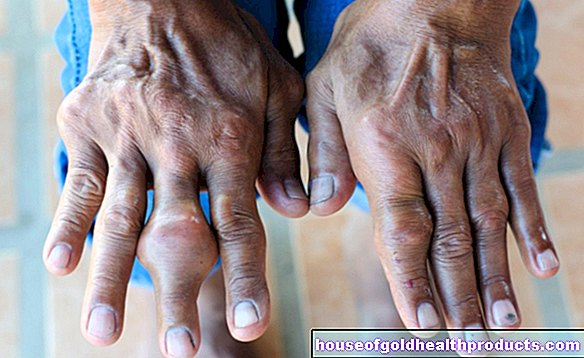
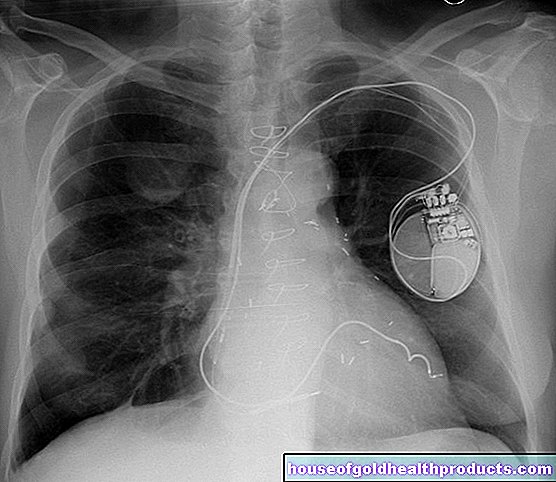




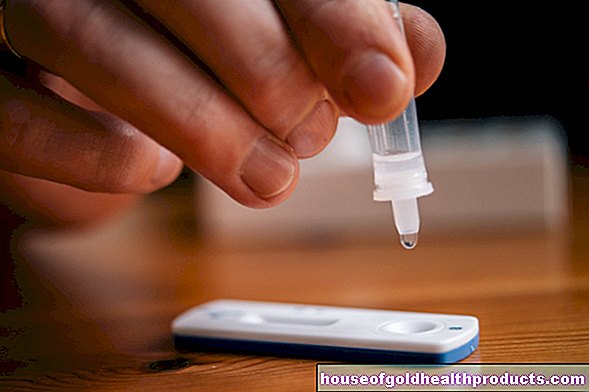

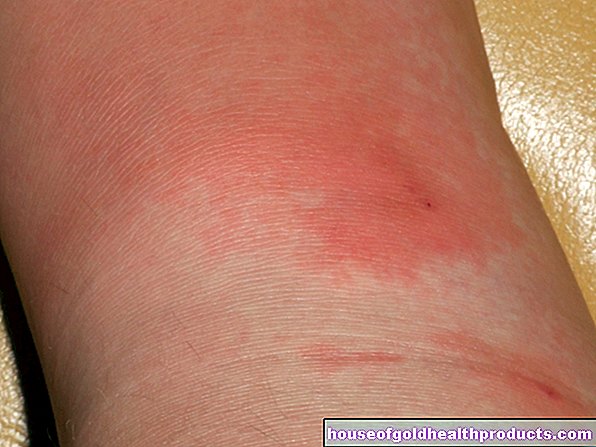

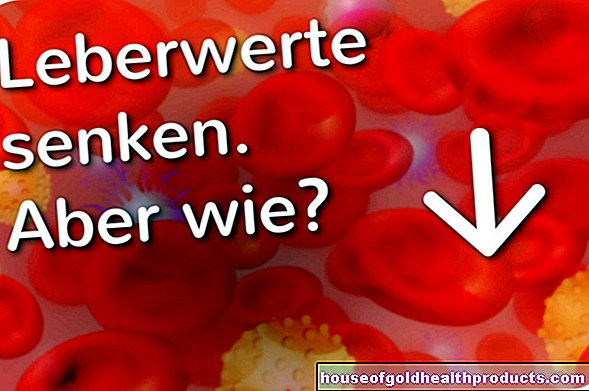

.jpg)



